Reactive Programming on Android
But First
Observer Pattern
Observer Pattern
"The observer pattern is a software design pattern in which an object, called the subject, maintains a list of its dependents, called observers, and notifies them automatically of any state changes, usually by calling one of their methods."
Observer Pattern
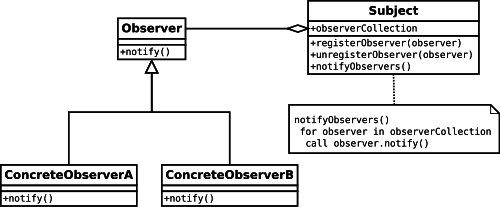
Enter Reactive Programming
"Programming paradigm oriented around data flows and the propagation of change."
AKA The Excel Pattern
- You create a formula A1+B1
- A1 value is updated
- The formula is automagically updated
- Pull vs Push
RxJava extends the Observer pattern
- Observable
- Subscriber
- Subject
Data flow
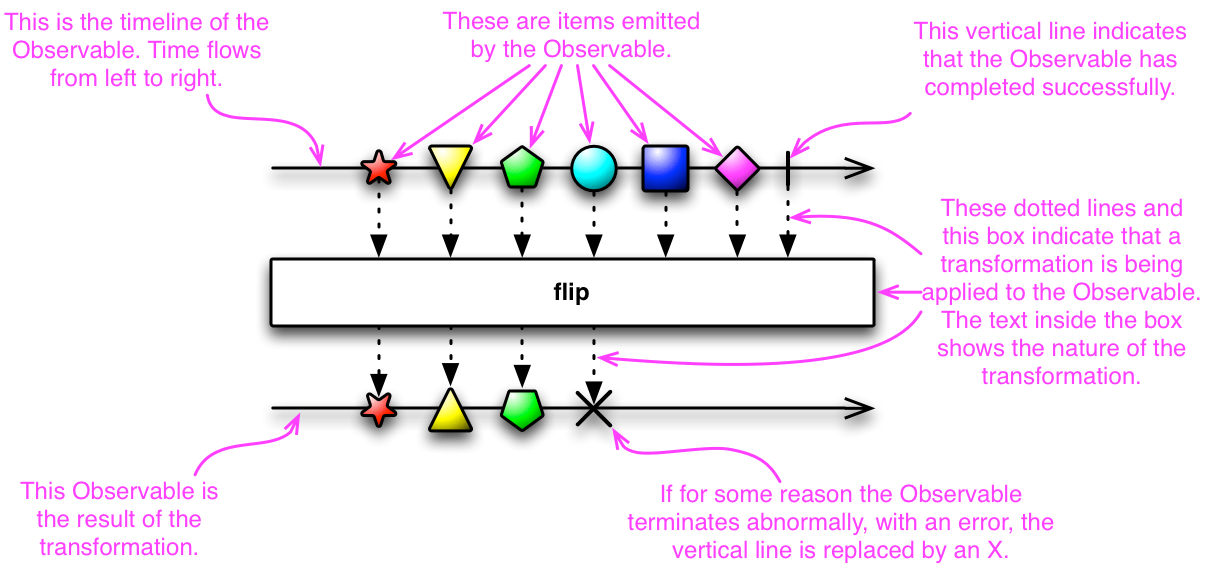
Observable - Subscriber
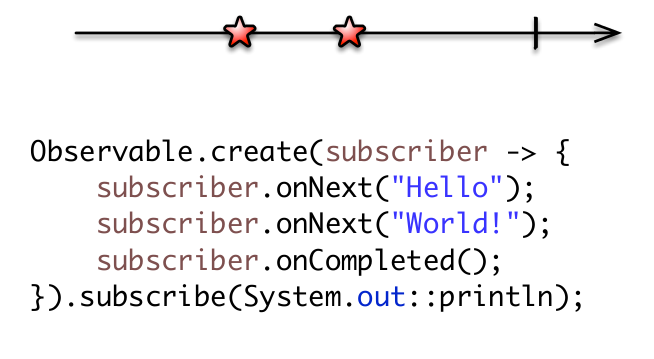
But Why?????
Concurrency is hard
- "Multithreading is always complex"
- "Callbacks have their own problems"
- "Java Futures are expensive to compose"
Ben Christensen from Netflix
Simplify Concurrency
- Turn everything into a stream of data
- Our business logic now simply "reacts" to the stream of data
- We get multi threading for free, we now simply tell in which thread our operations need to happen
Enough Talk
Show me the Code!
Sample 1
- Get a list of items from a web service and show them on the screen
- Simple app with only one Activity
- We will use Github API to get a list of repos for a user
Wow that was amazing!
Pros
- No memory leak
- Cleaner error handling
Cons
- More code to write than the non reactive app
The beauty of RxJava comes when we use operators
Operators: Filter

Operators: First

Emit only the first item (or the first item that meets some condition) emitted by an Observable
Operators: Concat
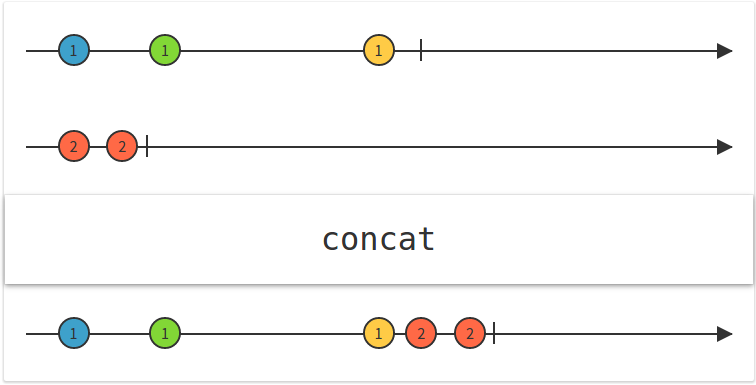
Emit the emissions from two or more Observables without interleaving them
Operators:Debounce
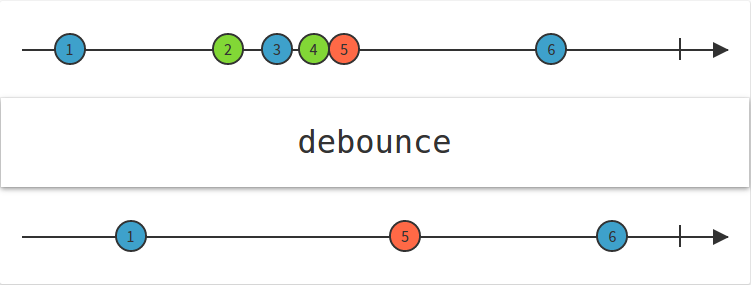
Only emit an item from an Observable if a particular timespan has passed without it emitting another item
Operators: FlatMap
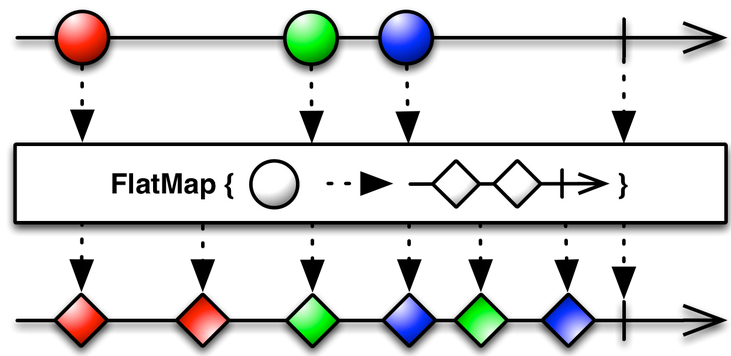
Transform the items emitted by an Observable into Observables, then flatten the emissions from those into a single Observable
Sample 2
- Implement a "search as you type" interface
- The user enters a search term into a text field and the app must start showing the results for that search after the user has finished typing
- A valid search must have more than 3 characters
- We will use Github's search API to search repositories by their name
Sample 3
- Implement a two level cache for offline viewing of data fetched from a web service
- First Level: the data must be cached to disk
- Second Level: the data must be cached in memory
- And finally after a period of time new data must be fetched from the server and the cache needs to be refreshed
Conclusions
- As always a new library/framework must be chosen carefully depending on your particular requirements
- RxJava allows you to think in terms of sources of data and operations which simplifies a lot of complex use cases